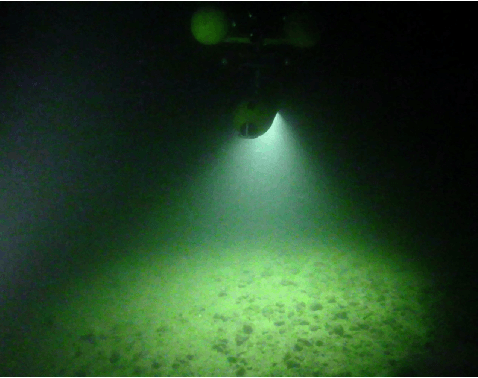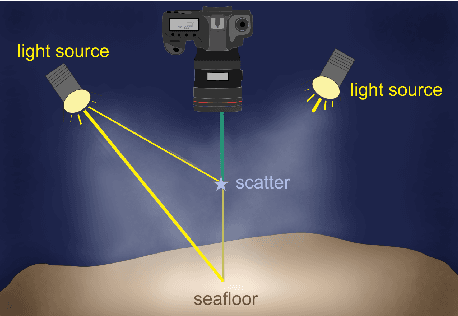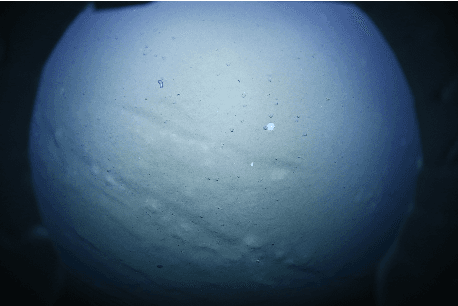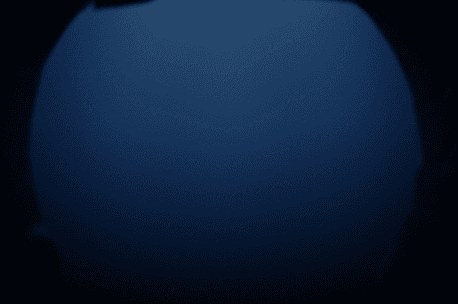Emanuel Wenzlaff
Robustly Removing Deep Sea Lighting Effects for Visual Mapping of Abyssal Plains
Oct 01, 2021



Abstract:The majority of Earth's surface lies deep in the oceans, where no surface light reaches. Robots diving down to great depths must bring light sources that create moving illumination patterns in the darkness, such that the same 3D point appears with different color in each image. On top, scattering and attenuation of light in the water makes images appear foggy and typically blueish, the degradation depending on each pixel's distance to its observed seafloor patch, on the local composition of the water and the relative poses and cones of the light sources. Consequently, visual mapping, including image matching and surface albedo estimation, severely suffers from the effects that co-moving light sources produce, and larger mosaic maps from photos are often dominated by lighting effects that obscure the actual seafloor structure. In this contribution a practical approach to estimating and compensating these lighting effects on predominantly homogeneous, flat seafloor regions, as can be found in the Abyssal plains of our oceans, is presented. The method is essentially parameter-free and intended as a preprocessing step to facilitate visual mapping, but already produces convincing lighting artefact compensation up to a global white balance factor. It does not require to be trained beforehand on huge sets of annotated images, which are not available for the deep sea. Rather, we motivate our work by physical models of light propagation, perform robust statistics-based estimates of additive and multiplicative nuisances that avoid explicit parameters for light, camera, water or scene, discuss the breakdown point of the algorithms and show results on imagery captured by robots in several kilometer water depth.
 Add to Chrome
Add to Chrome Add to Firefox
Add to Firefox Add to Edge
Add to Edge